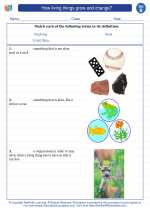Deciduous Forest
A deciduous forest is a type of biome characterized by trees that shed their leaves during the fall and winter seasons. These forests are found in temperate regions of the world, including much of Europe, eastern China, and the eastern United States. They have distinct seasons, with warm summers and cold winters.
Climate and Weather
The climate in deciduous forests varies, but generally, they experience four distinct seasons: spring, summer, fall, and winter. The average annual temperature is around 50°F (10°C). Precipitation is spread throughout the year, with an average of 30 to 60 inches (75 to 150 cm) annually. The diversity of weather conditions in these forests supports a wide variety of plant and animal life.
Plants and Trees
Deciduous forests are home to a rich variety of plant species, including maple, oak, beech, and hickory trees. In the spring and summer, the trees are covered in lush green leaves, which turn vibrant shades of red, orange, and yellow in the fall before falling off in the winter. Understory plants such as ferns, wildflowers, and shrubs also thrive in these forests.
Animal Life
Deciduous forests are teeming with animal life, from small insects and birds to larger mammals such as deer, foxes, and bears. Insects like butterflies and bees are important pollinators, while birds such as woodpeckers and owls make their homes in the trees. The forest floor provides habitat for animals like squirrels, rabbits, and amphibians.
Study Guide
.◂Science Worksheets and Study Guides Second Grade. How living things grow and change?
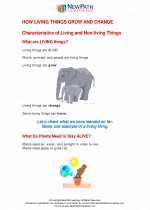
 Activity Lesson
Activity Lesson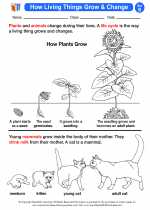
 Worksheet/Answer key
Worksheet/Answer key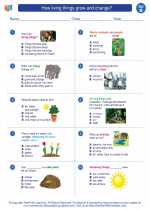
 Worksheet/Answer key
Worksheet/Answer key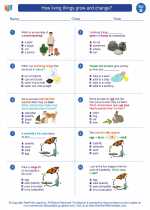
 Worksheet/Answer key
Worksheet/Answer key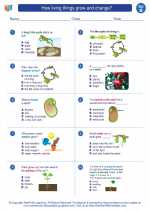
 Worksheet/Answer key
Worksheet/Answer key
 Vocabulary/Answer key
Vocabulary/Answer key